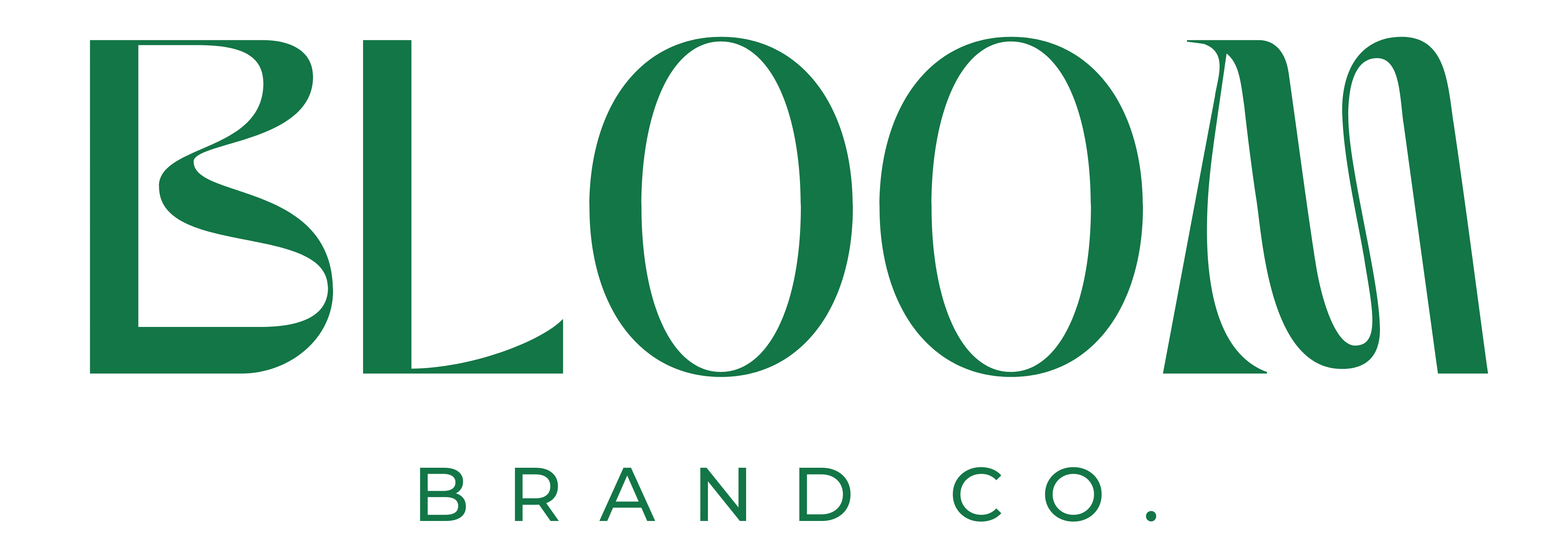What Are the Best Ingredients to Treat Acne?

Acne doesn’t discriminate—whether you’re a teenager facing hormonal changes or an adult dealing with unexpected flare-ups, breakouts can strike anyone. But the good news? The right skincare ingredients can work wonders to keep those pesky blemishes in check. In this blog, we’ll unpack the best acne-fighting ingredients, how they work, and tips for incorporating them into your routine for glowing, healthy skin.
The Science Behind Acne and Treatment
Before diving into the top ingredients, it’s important to understand what causes acne. Acne forms when pores become clogged with oil, dead skin cells, and bacteria. This leads to inflammation, redness, and sometimes painful pimples. The key to treating acne is targeting these root causes with the right active ingredients.
From reducing oil production to calming irritation, the following acne-fighting champions can address every stage of a breakout.
Must-Have Ingredients for Acne-Prone Skin
Let’s break down the ingredients that dermatologists and skincare experts swear by:
- Salicylic Acid
- Benzoyl Peroxide
- Niacinamide
- Retinoids
- Azelaic Acid
- Tea Tree Oil
- Sulfur
- Hydrocolloid Patches
Here’s why each of these is a game-changer for acne-prone skin.
Salicylic Acid: The Pore-Unclogging Hero
Salicylic acid is a beta hydroxy acid (BHA) known for its ability to penetrate deep into the skin and exfoliate from within. It clears out oil, bacteria, and dead skin that clog pores, making it especially effective for blackheads and whiteheads.
You’ll find this ingredient in cleansers, toners, and spot treatments. For beginners, start with a lower concentration (0.5%–2%) to minimize dryness or irritation. With consistent use, salicylic acid can help reduce breakouts and keep pores clear.
Benzoyl Peroxide: Bacteria’s Worst Enemy
This powerhouse ingredient fights acne by killing the bacteria that cause breakouts. It also helps reduce excess oil, which contributes to clogged pores. Benzoyl peroxide is particularly effective for red, inflamed pimples and can be found in cleansers, creams, and spot treatments.
Pro Tip: Start with a lower concentration (2.5%) to avoid irritation. Apply it as a spot treatment or use a benzoyl peroxide wash for widespread breakouts.
Niacinamide: The Multitasker for Healthy Skin
Niacinamide, a form of Vitamin B3, is a versatile ingredient that soothes redness, regulates oil production, and strengthens the skin’s barrier. This makes it perfect for acne-prone skin that needs a little extra care.
Found in serums and moisturizers, niacinamide pairs well with other active ingredients like salicylic acid and retinoids, making it a gentle yet effective addition to your routine.
Retinoids: A Long-Term Acne Solution
Retinoids, derived from Vitamin A, are known for their ability to speed up cell turnover and prevent pores from clogging. Over time, retinoids can also reduce post-acne marks and improve overall skin texture.
Using Retinoids:
- Start slow: Use retinoids 2–3 times a week to avoid irritation.
- Always wear sunscreen during the day, as retinoids can make your skin more sensitive to UV rays.
Azelaic Acid: The Unsung Hero
This gentle yet effective ingredient reduces inflammation, fights acne-causing bacteria, and fades dark spots from previous breakouts. Perfect for sensitive skin, azelaic acid works without causing irritation.
Available in gels and creams, it’s a great option for anyone dealing with redness or post-inflammatory hyperpigmentation (PIH).
Natural Acne Fighters
For those who prefer natural alternatives, these options pack a punch:
Tea Tree Oil
A popular natural remedy, tea tree oil has antibacterial and anti-inflammatory properties that help reduce redness and swelling. While it’s not as fast-acting as some chemical treatments, it’s a great option for spot treating individual blemishes.
Note: Always dilute tea tree oil with a carrier oil or choose pre-diluted skincare products to avoid irritation.
Sulfur
Known for its oil-absorbing properties, sulfur works by drying out blemishes and unclogging pores. It’s particularly effective for oily skin and is often found in masks or spot treatments.
Hydrocolloid Patches: Modern Acne Magic
Hydrocolloid patches, like our Bloomies, are a simple yet powerful tool for treating blemishes. These adhesive patches create a protective barrier over the pimple, preventing picking and absorbing excess fluid and pus.
Our Bloomies go a step further with their sleek, floral design—proving that skincare can be both functional and stylish. Wear them overnight to wake up to visibly reduced blemishes or use them during the day for discreet healing.
Building an Acne-Fighting Routine
To maximize the benefits of these ingredients, follow these tips for a well-rounded skincare routine:
- Cleanse with a gentle cleanser that won’t strip your skin.
- Treat active breakouts with targeted products like salicylic acid or benzoyl peroxide.
- Moisturize to keep your skin barrier healthy and hydrated.
- Protect your skin with sunscreen to prevent further irritation and dark spots.
When to See a Dermatologist
If over-the-counter products aren’t providing relief, don’t hesitate to seek professional advice. Prescription treatments like oral antibiotics, hormonal therapies, or stronger retinoids might be necessary for severe or persistent acne.
Embrace Your Journey
Acne treatment takes time, patience, and a little trial and error. The key is consistency—stick to your routine and give your products time to work. Remember, every blemish is a step closer to discovering what works best for your skin.
And when you need a quick, stylish solution, reach for Bloomies. Because every flower blooms in its own time—and so will your skin.
